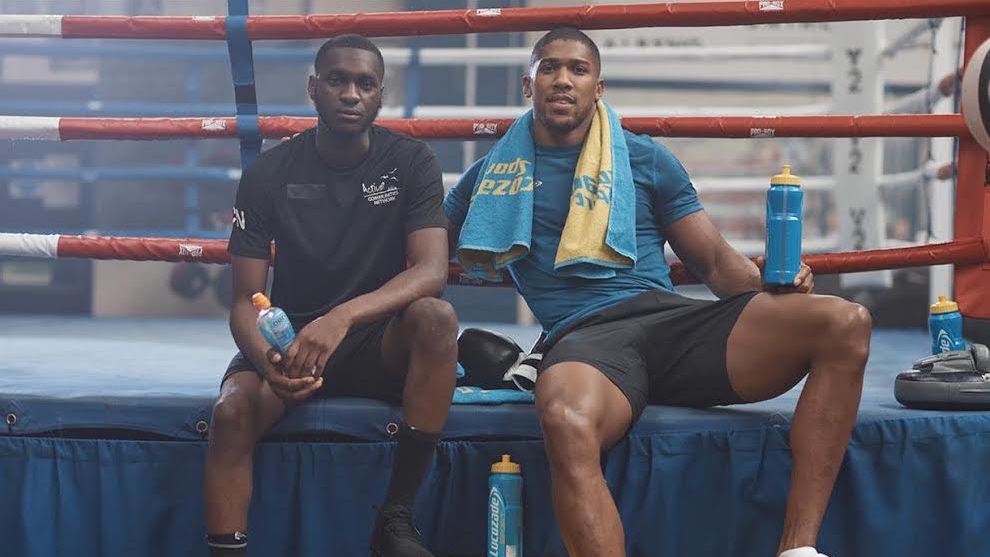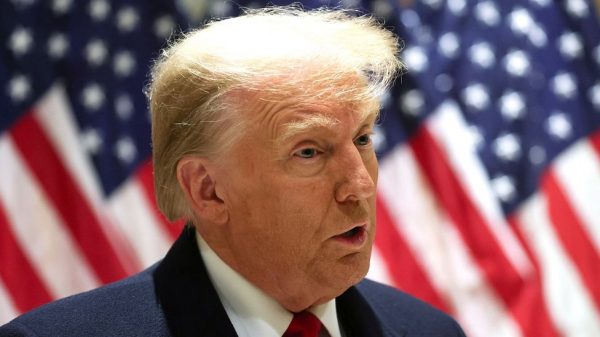The lines between athletes and influencers are increasingly merging, and marketers are taking note. Brands are recognizing athletes as key figures to help them engage with dedicated fan bases, especially as interest in women’s sports, college sports, and the name, image, and likeness (NIL) industry continues to grow.
This shift was a major topic of discussion at Advertising Week New York, where experts emphasized that women athletes, in particular, are finally being recognized for their full marketing potential. Nicole Jeter West from Vanguard Maven Group pointed out that brands are starting to appreciate the value of women’s sports in a more meaningful way.
A major development in this trend is the concept of “athlete storytelling,” where athletes are not just seen as sports figures but also as personal brands with unique stories to tell.
Catherine Marquette from Under Armour explained how college athletes, for example, can serve as faces for product lines in areas like football and basketball, offering a more personal connection to consumers. This approach focuses on giving athletes a voice beyond their on-field achievements, allowing them to create stronger emotional connections with fans and consumers.
In recent years, athletes and influencers have been operating in very similar ways. The expansion of the creator economy has blurred the lines between traditional athletes and social media influencers, making both groups more attractive to brands.

Brands Shift Focus to Athlete Storytelling as the Lines Between Sports Figures and Influencers Blur
Sophie Berman from Havas Play UK noted that both athletes and influencers are now seen as ways to reach diverse, engaged audiences. Additionally, the rise of media fragmentation means that live sports events, such as the Super Bowl or major basketball games, are some of the few remaining collective viewing experiences, making athletes more valuable for brands looking to connect with a large, focused audience.
The increasing popularity of women’s sports and the growth of the NIL market since the 2021 NCAA v. Alston Supreme Court decision have opened up fresh opportunities for brands to partner with athletes. Darren Heitner, a legal expert on NIL rights, described the current environment as the early stages of a new and exciting industry.
The rise of women’s sports, especially in basketball and soccer, combined with growing media coverage and fan interest, has created a ripe opportunity for marketers to work with athletes in ways that were not possible a few years ago.
Despite the growing interest in athlete partnerships, some marketers are cautious about the commercialization of influencer relationships. Courtney Scott from Gainful raised concerns that the influencer space has become overly transactional, which can turn audiences off.
In contrast, she views college athletes as offering something more authentic: the ability to reach niche communities where influence is based on trust and genuine connections. This shift shows that marketers are increasingly looking for deeper, more meaningful partnerships, rather than simply seeking wide reach through celebrity endorsements.









































